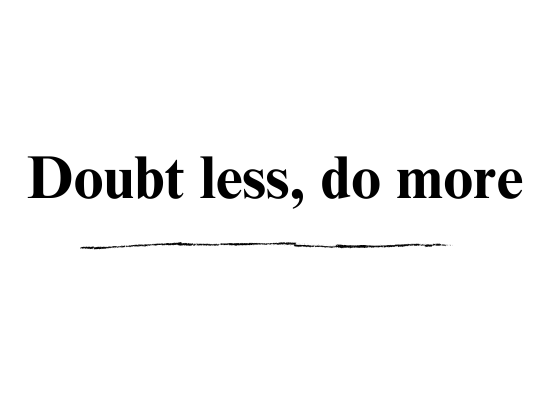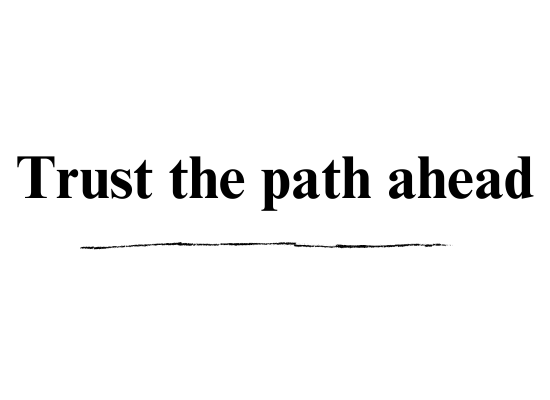The Strange Reality of Quantum Physics:
Atoms, Empty Space, and the Quantum World

We’re surrounded by seemingly solid things—walls, tables, even our own bodies. But did you know that everything around us, including you and me, is mostly empty space? Strange as it sounds, at a subatomic level, nearly everything we consider solid is an illusion. Welcome to the mind-bending world of quantum physics!
Let’s start with the basics. Everything you see is made of atoms, which are the fundamental building blocks of matter. Atoms themselves are made up of a dense core called a nucleus, made of protons and neutrons, with a surrounding cloud of electrons. But here’s where things get strange: the nucleus is incredibly small, and most of an atom’s “volume” is just empty space where electrons buzz around in a sort of cloud.
To understand this vast emptiness, let’s scale things up. Imagine we could blow up a single atom so that its nucleus was the size of a basketball. In this enlarged version, the nucleus would sit right at the center of the atom, holding nearly all its mass. But the electron cloud? It wouldn’t just be a few feet away; it would stretch several kilometers out—perhaps from the center of a city to its outskirts. That’s right, if the nucleus were a basketball, the nearest electron could be kilometers away. All that empty space in between is what makes up most of the “solid” matter in our universe.
In this atomic model, the electrons don’t exactly “orbit” like planets around a sun. Instead, they pop in and out of existence in what physicists call a “cloud of probability.” Electrons behave in such a unique way that they don’t exist in any single, fixed position until we measure them. Instead, they occupy a range of positions, simultaneously “here” and “there,” a phenomenon known as superposition. It’s like trying to catch a shadow; until we look closely, the electron could be anywhere in its probabilistic cloud.
This is where quantum physics starts to feel surreal. Quantum physics explores the behavior of particles at incredibly tiny scales, where the rules of classical physics no longer apply. At this level, particles like electrons behave more like waves of potential rather than solid objects. The very nature of reality becomes fluid and strange. Matter exists in multiple states, probabilities dictate the location of particles, and, as some researchers believe, even consciousness might play a role in shaping what we observe.
Now, you might be wondering, what does this all mean for everyday life? After all, if everything is mostly empty space, why can’t we just walk through walls? The answer lies in the electromagnetic forces between atoms. When you touch a wall, the electrons in your hand repel the electrons in the wall due to electromagnetic forces, creating the sensation of solidity. It’s these invisible interactions that make the illusion of “solid” matter so powerful and real to us.
When you touch a wall, the electrons in your hand repel the electrons in the wall due to electromagnetic forces, creating the sensation of solidity. It’s these invisible interactions that make the illusion of “solid” matter so powerful and real to us.
Quantum physics has also inspired new ways of thinking about consciousness and reality itself. Some believe that the interconnectedness of particles at a quantum level hints at a fundamental unity in the universe, where everything is linked in ways we don’t fully understand. This idea has even led to intriguing connections between quantum physics and spirituality, as both seek to explain the mysterious and unseen forces that shape our existence.
In the end, the study of quantum physics doesn’t just reveal the atomic structure of matter—it challenges our perception of reality. It shows us that the world we see, feel, and touch is far more complex and mysterious than it seems on the surface. Quantum physics invites us to question the nature of existence and hints that beneath the visible world lies a vast, unseen reality, one filled with mystery, possibility, and the endless potential of discovery.
To wrap it up, quantum physics offers a fresh lens through which to view the world around us—a world that is far stranger and more complex than meets the eye. It reminds us that what seems solid and stable is actually a dance of invisible particles and empty space, all held together by forces we’re only beginning to understand. This glimpse into the quantum realm doesn’t just alter our understanding of the physical world; it stirs deeper questions about the nature of reality itself.
So, what does all of this mean for us in real, practical terms? How do these quantum mysteries relate to our daily lives? In our next exploration, we’ll take a closer look at “Quantum Physics in Everyday Life: How the Unseen Shapes the Seen” to discover how this knowledge might shape our views, our experiences, and even our actions in ways we’re only starting to uncover. Stay tuned—it’s a journey that just might change the way you see everything around you.



